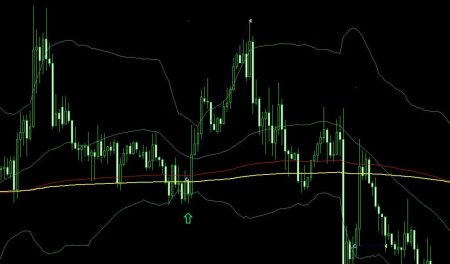
Having a clear understanding of leverage in Forex is crucial for making profitable trades. Using leverage can increase a trader’s exposure to the market and allow them to make larger profits. However, it can also increase a trader’s risk and potentially lead to losses. There are several factors to consider before deciding on how much leverage to use.
Leverage is essentially a loan from a broker to a trader. The trader uses the loan to increase their exposure to the market. For example, a trader using ten-to-one leverage would have access to a home worth 10% of their deposit. This means they can enter a position with up to $10,000 of currency. However, when the exchange rate goes wildly, they may lose the entire $10,000. Leverage allows traders to increase their profits and reduce their risk.
Leverage is also used by organizations to finance their assets. For example, an organization might use leverage to finance an ETF fund, which is an index fund whose shares are traded on an exchange. ETF funds are usually fixed costs. Leverage is used by an organization to maximize the value of their investment portfolio. Leverage is also used by organizations to improve shareholder value.
Leverage in Forex is a technique used by professional traders to access large positions. Leverage is usually made available by the broker, but some brokers may limit the amount of leverage a trader can use. Often, leverage in the Forex market is as high as one hundred to one. However, some countries have limited leverage to thirty-five or fifty to one. The maximum leverage that can be used will vary according to regulatory standards in different regions.
Forex leverage allows traders to enter large position sizes, which increases the potential for profits. However, leverage can also increase the risk of losing all of the money that was used to open the trade. Traders should aim for leverage levels they can handle. This does not mean they should trade their entire deposit at once. However, they should avoid risking more than 2% of their money at any given time.
Leverage is an excellent tool for professional traders, but it can also lead to losses for inexperienced traders. To avoid losing all of their money, a trader needs to implement sound risk management. Many of the top traders in the market use stop-loss limit orders to limit their downside risk. A stop-loss limit order is only executed when the price reaches a certain point. Traders using leverage need to implement a positive risk-to-reward ratio to ensure that they get the most out of their trading.
Traders should also consider the amount of time they plan to spend trading. Leverage allows for greater exposure to the market, but if you have a large account balance, it can also help you to absorb losses without losing your entire trading capital. Leverage can also help to increase the size of your position, which increases the value of a point. However, leverage can also lead to larger losses if a position is not closed.
